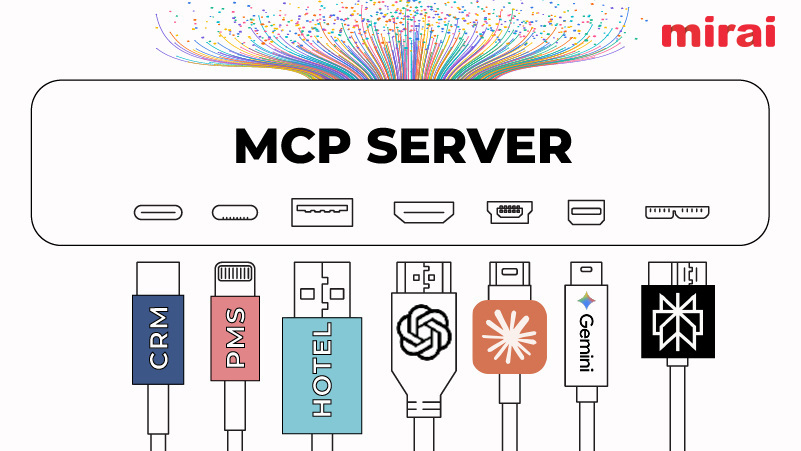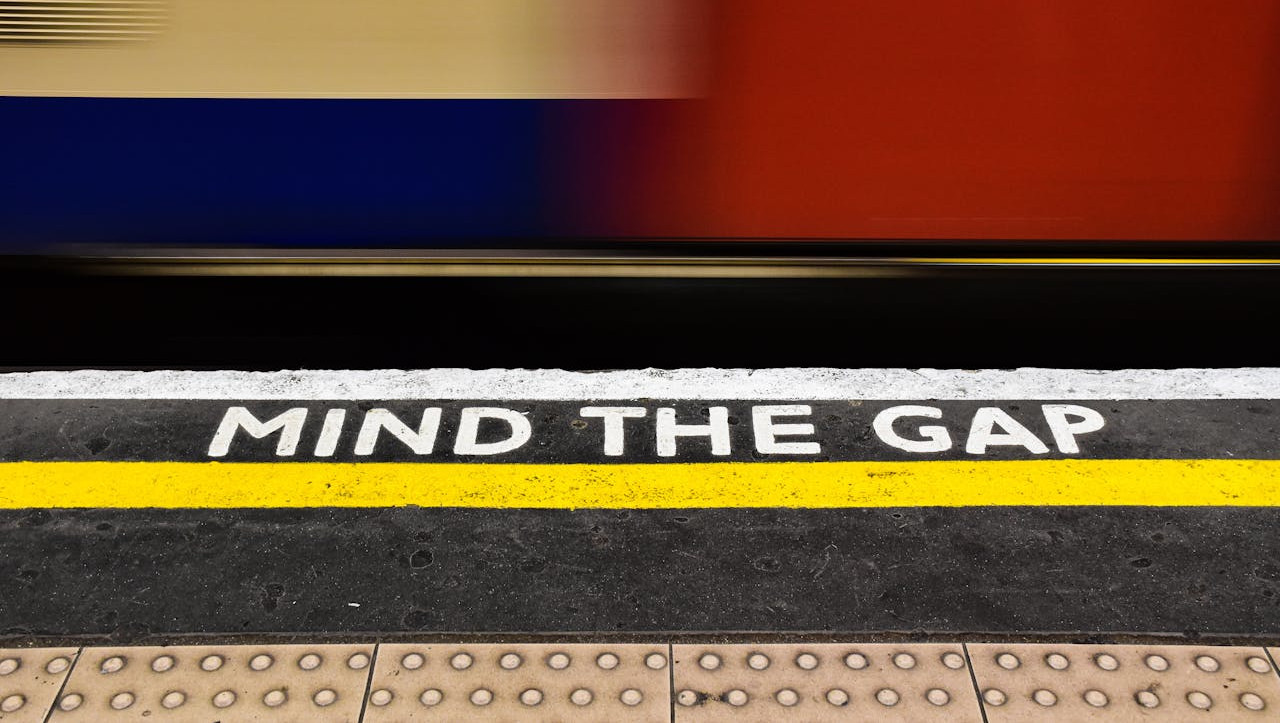
Setting the right event minimums is crucial for ensuring profitability while maintaining customer satisfaction when managing events.
NB: This is an article from Tripleseat
Subscribe to our weekly newsletter and stay up to date
Whether you’re hosting corporate events, weddings, or intimate gatherings, event minimums help ensure your venue’s costs are covered. Event minimums are nothing new, but determining the amounts can be challenging. You want to be sure you’re offering minimum pricing that’s beneficial for your company’s bottom line, and that makes sense for your customers.
For restaurants, hotels, and unique venues, a strategy for determining these minimums is essential – and this is where tools like Tripleseat come in handy. Let’s explore how you can effectively establish event minimums and streamline the process.
What is an Event Minimum?
An event minimum is the minimum requirement that must be met for an event to be held at your venue on a particular date. Event minimums can be structured in several ways, such as:
- Guest count: A required minimum number of guests, which must be paid for even if fewer people attend.
- Food and beverage minimum: A set minimum amount that must be spent on food and drinks during the event.
- Catering budget: A required minimum amount to be spent on catering to reserve the event space.
These minimums can vary based on factors such as:
- Venue size and cost: Larger or more upscale venues typically have higher minimums.
- Event date: Minimums are often higher on popular dates, like Saturdays or holidays, when demand is greater.
Steps to Take to Set Your Event Minimums
1. Understand Your Costs
Before setting any event minimums, it’s essential to have a clear understanding of your operational costs. These include:
- Food & Beverage Costs: Calculate the cost of the menu items and drinks that will be offered during the event.
- Labor Costs: Consider the staff needed to run the event, from chefs to waitstaff, bartenders, and cleaners.
- Overhead Costs: Factor in utilities, maintenance, and any other ongoing expenses.
By understanding your total costs, you can set a minimum that ensures you’ll cover expenses and generate profit.
2. Analyze Your Event History
One of the benefits of using a platform like Tripleseat is that it offers detailed reporting on past events. This historical data can help you see trends in spending and event size. With Tripleseat, you can:
- Track event profitability: Use past data to analyze which types of events were most profitable.
- Identify seasonal fluctuations: Determine whether certain times of the year require higher or lower minimums based on demand and typical spending.
By using these insights, you can adjust your event minimums to align with trends in your venue’s performance.
3. Consider Your Space and Layout
The size and layout of your venue play a significant role in determining event minimums. Larger spaces with more flexibility, such as those that can host multiple events at once, may have varying minimums depending on the size of the group and the setup required. Smaller, more intimate spaces might justify higher per-person minimums, especially if there is a high demand for the space.




